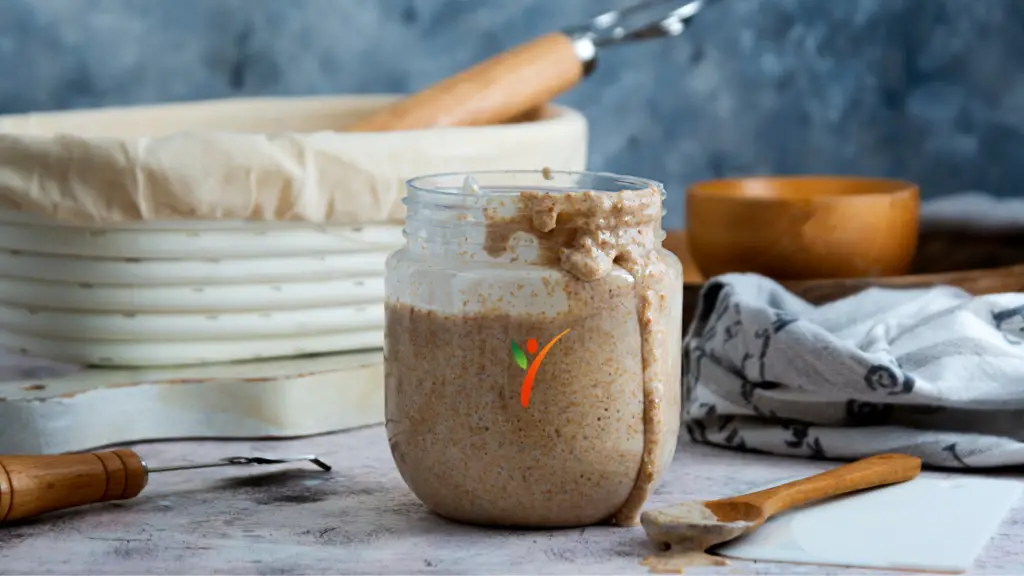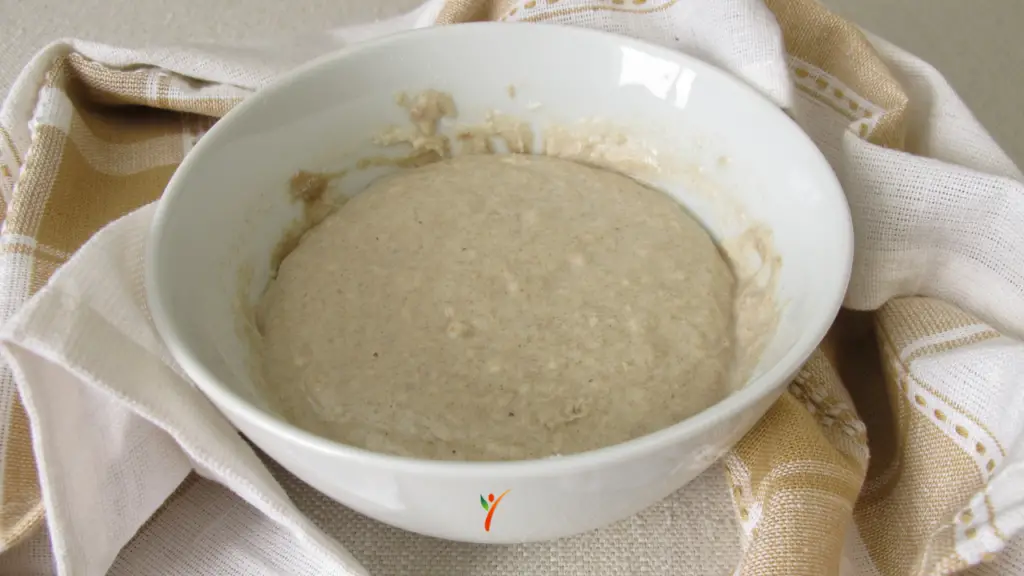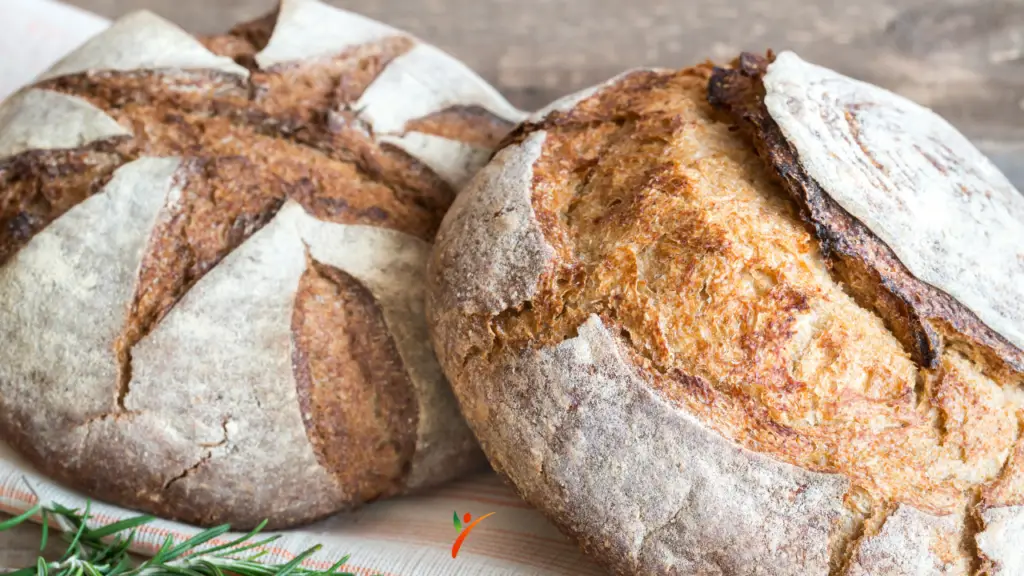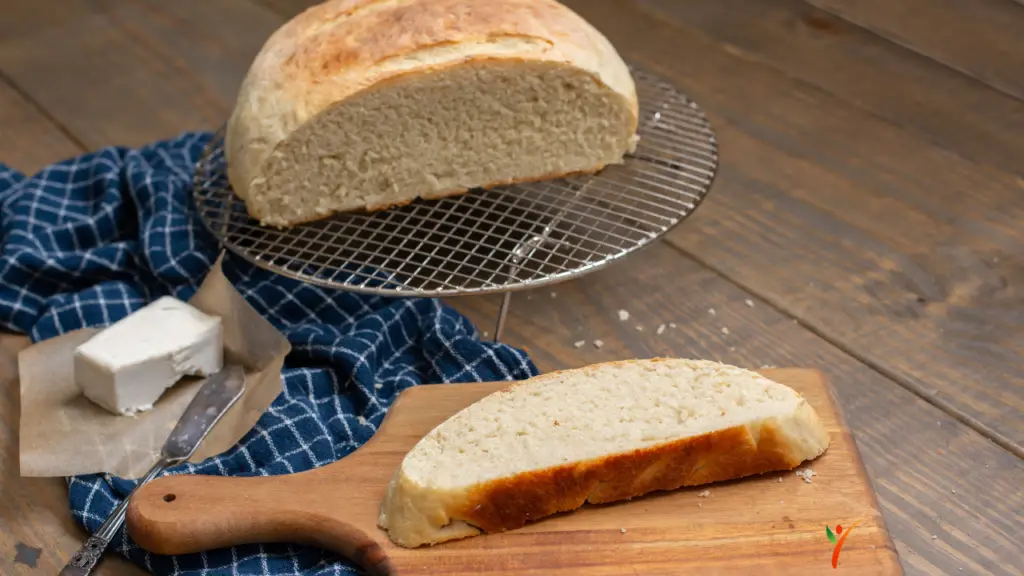In the world of a nutritionist, words like protein, carbohydrates, fats are prevalent. And they come across new kinds of diets too. This article will refer to one such popular diet that has been climbing in popularity for a long time.
You have likely heard the word “Gluten.” But do you understand what it means to eat a gluten-free diet?
A gluten-free diet is famous for some who don't necessarily need to follow the diet, whereas some have no choice whatsoever.
In simple terms, a gluten-free diet excludes any intake of gluten in one's diet. Therefore, gluten is a protein found in wheat, barley, rye, and oats, for those not familiar with the jargon.
A Little About Gluten

Gluten is not unhealthy for someone's body entirely, but then it does affect some people. Gluten can cause gastrointestinal and systematic symptoms to those who are allergic to gluten.
When asking yourself a few questions, do you feel bloated after having a loaf of bread? Do you prefer food that doesn't have gluten because your stomach gets upset with gluten food?
You might want to get a check-up and rule out Celiac Disease, gluten ataxia, or wheat allergy.
Saying goodbye to gluten is saying goodbye to bread, and bread may be the subject of all our favorite dishes.
There are tons of information and books that can guide one with a gluten-free diet. But there is one myth that is circling the internet these days. The tale is that sourdough bread is gluten-free. Well, is it?
This article is all about sourdough and its connection with the people who choose the gluten-free life. Gluten-free dieters are those who choose to eat this way and others who must strictly eat it.
The same is with sourdough. It depends on the body and digestive system of a person that decides whether one can digest sourdough. We apologize if you were looking for a black and white answer. Everyone knows that nutrition and diet are all grey areas.
Sourdough is not gluten-free. But then some statistics show people with gluten intolerance can digest sourdough. So here is the grey area we pointed out earlier.
Why Sourdough?

There are so many other gluten-free options that we wonder what the fascination is with sourdough? See, gluten is not the primary victim why one leaves wheat. Fructans are also a reason. Fructan is a carbohydrate in wheat.
When one doesn't digest wheat, they jump to the gluten allergy or celiac disease. But actually, they are intolerant to fructans.
Fructan is a carbohydrate found in garlic, onion, kidney beans, and even in cashew nuts. You must be wondering what do fructans have to do with sourdough?
The answer is the way people prepare sourdough. It breaks down the gluten as well as the fructans. So, it ultimately becomes free from fructans and gluten. Sourdough is also easier to digest and doesn't make one feel bloated.
For getting a better understanding of sourdough, let's go through the process of preparing sourdough.
The Sourdough Process

- Sourdough is another method of making bread. Just a little more conventional and slower.
- Sourdough doesn't need many things. Just flour and water, and then nature does its work.
- After mixing flour and water in the right consistency, the flour ferments with wild yeast.
- The wild yeast and other microorganism are in the air that prepares the flour.
- Now, this completes the first stage, and we call it the starter.
- Then we add flour and water until it is ready to bake the bread.
- This starter period takes time of 12-24 hours. Wherein one consistently needs to add water and flour.
- If we compare preparing typical bread and preparing sourdough bread, the time taken in making the former is 3-4 hours. Whereas the latter takes up the whole day.
So, what's happening inside the sourdough as it ferments? Let's take a closer look.
What Happens During The Ferment

The sourdough fermentation that takes at least 12-24 hours makes it easier to digest. It's not the time or any special flour that does the trick but the wild yeast.
The wild yeast is the hero ingredient that breaks down protein and carbohydrates and allows the bread to puff up.
One doesn't prefer fructans or gluten because they ferment in your intestines and create inflammatory issues.
The same process goes on while making sourdough, but that doesn't happen in your intestines.
That makes it easier for you to digest.
Gluten In Sourdough?

So, coming to the question, is sourdough gluten-free? The answer is No. But sourdough is low carb gluten bread. Not only does it have low gluten but also fewer fructans.
All other substances can lead to unhealthy digestive symptoms. So, this is why few people who are intolerant to gluten can easily digest sourdough. And if you choose the gluten-free life on your own, saying goodbye to bread is like parting ways with chocolate. Sourdough is like the light at the end of a dark tunnel.
Of course, sourdough has gluten, but the amount is so low that it doesn't create any unwanted inflammation in the intestine. Also, the taste is better than all the expensive gluten-free loaves of bread. Many stores do sell sourdough. But you can't make sure that whether they have gone through fermentation long enough. That breaks unwanted carbohydrates and protein.
If a gluten-free life is your reality, then try making your sourdough. It isn't too tricky, and when you eat your bread, you know it has fermented for the correct time.
Ultimately, making your sourdough eliminates the surprise your stomach might experience.
Sourdough Bread

If you have loved eating white bread all your life, then saying goodbye to it once and for all can be hard to do. And a gluten-free diet means no bread.
Can you eat sourdough bread on a gluten-free diet? (Warning: Not all can.)
Because of the fermentation time taken by sourdough, it makes the digestion ten times easier. And people who have celiac disease may be able to eat sourdough bread too.
· You may have tried the gluten-free bread available at the grocery store. But you'll notice their texture and taste has no comparison with the regular loaf of bread.
The gluten-free bread will make you desire regular bread, and it is expensive too.
That is where sourdough comes in to save the day and your diet.
People with celiac disease can do so without causing additional issues in the intestine.
But, the best thing to do is avoid any gluten at all when you have celiac disease. We have an easy to follow recipe link below.
Gluten-Free Sourdough Bread Recipe:

If you love bread but suffer from a wheat allergy or celiac disease, we have a one-word solution for you—sourdough gluten-free bread.
You can bake up your bread. The ingredients in different recipes may vary from 12 items to 18. But, in this Gluten-free sourdough Bread Recipe, there are only four ingredients. Yes, you read it right! Only four ingredients.
That is the most basic sourdough bread recipe. You can always experiment and make it better as you like. If you are new in the arena of gluten-free, then this is the best recipe to begin your journey with.
The ratio used in this recipe is the basic 1:1.
Ingredients:
Gluten-Free Flour:
You can find it in the grocery store. All you need to look at is gluten-free baking flour. You need to ensure the flour you buy has xanthan gum.
Water:
One should refer to filtered water for the best results.
Salt:
Sea salt is the preferred choice here.
Gluten-free sourdough starter:
One can make this by using the 1:1 ratio.
Equipment:
Digital Kitchen Scale:
You need to ensure that you measure the ingredients correctly. A digital kitchen scale will be the most suitable choice.
Stand Mixer:
This will make the dough mixture preparation easier. Also, the dough will be more consistent.
Dutch Oven:
This is the winner. The bread goes through a proper baking process if made in the 5.5-quart Dutch oven. It seems like the Dutch oven bakes the perfect sourdough bread, but if you don't have a Dutch oven, you can use an iron skillet and cover it with aluminum foil rather than the lid.
Glass Bowl:
This is the best choice, but one can also use a banneton basket or ceramic bowl but don't use a metal bowl.
Steps:
DAY ONE
- Note the time while making the dough.
- Start around noon. Add the un-fed started, salt, water, and gluten-free flour. Put all the ingredients in the stand mixer, and with the dough hook, begin making the dough.
- Mix it until all the loose flour mixes well. If you do not use a mixer, put all ingredients in a glass bowl and mix the flour and water with a wooden spoon.
- Now, take the dough and shape it up like a ball and keep it in a glass bowl. Cover the bowl and leave it for 6-10 hours. If you live in a warm place, 8 hours is enough.
- After the first rise, transfer the risen dough to the refrigerator and keep it in for 12 hours.
DAY TWO
Starting at 8 am:
- Place the Dutch oven in the middle rack and preheat the oven at 500 degrees for at least 30 minutes.
- Next, you need to remove the dough from the refrigerator and place it on lightly floured parchment paper.
- Use some flour and smooth the dough and make it slightly tighter.
- Use a sharp knife and then cut the bread in the shape you prefer.
- Remove the Dutch oven and carefully place the parchment paper in it.
- Place the Dutch oven back into the range and reduce the temperature to 450 degrees.
- Bake the bread for 40 minutes.
- After 40 minutes, lower the temperature to 425 degrees and uncover the lid and bake for another 40 minutes.
- To check whether the bread became perfect, knock the bottom of the bread. It should sound hollow, and the internal temperature must be 210 degrees.
And voila, there is your freshly home-baked sourdough bread. It will be a treat for those intolerant to fructans or gluten.
Final Words:

Is Sourdough Gluten-Free?
We can safely say No. But the content of gluten is low, which makes digestion easier.
We have attempted to explain the main reason behind the unsung popularity of sourdough in this article. It is popular amongst the people who belong to the “Say no to gluten” group. We have also given a Sourdough gluten-free recipe.
Sourdough and a gluten-free diet are like the ultimate pleasure. It is for the people who either don't prefer gluten or whose intestines cannot tolerate gluten.
Sourdough is easy to make, and the bread recipe is also easy. It is a little slow in the making and needs patience. But then the taste makes every minute worth the wait.
Can you eat sourdough on a gluten-free diet? The answer is yes (for most people.) Or try the gluten-free sourdough bread recipe above.





